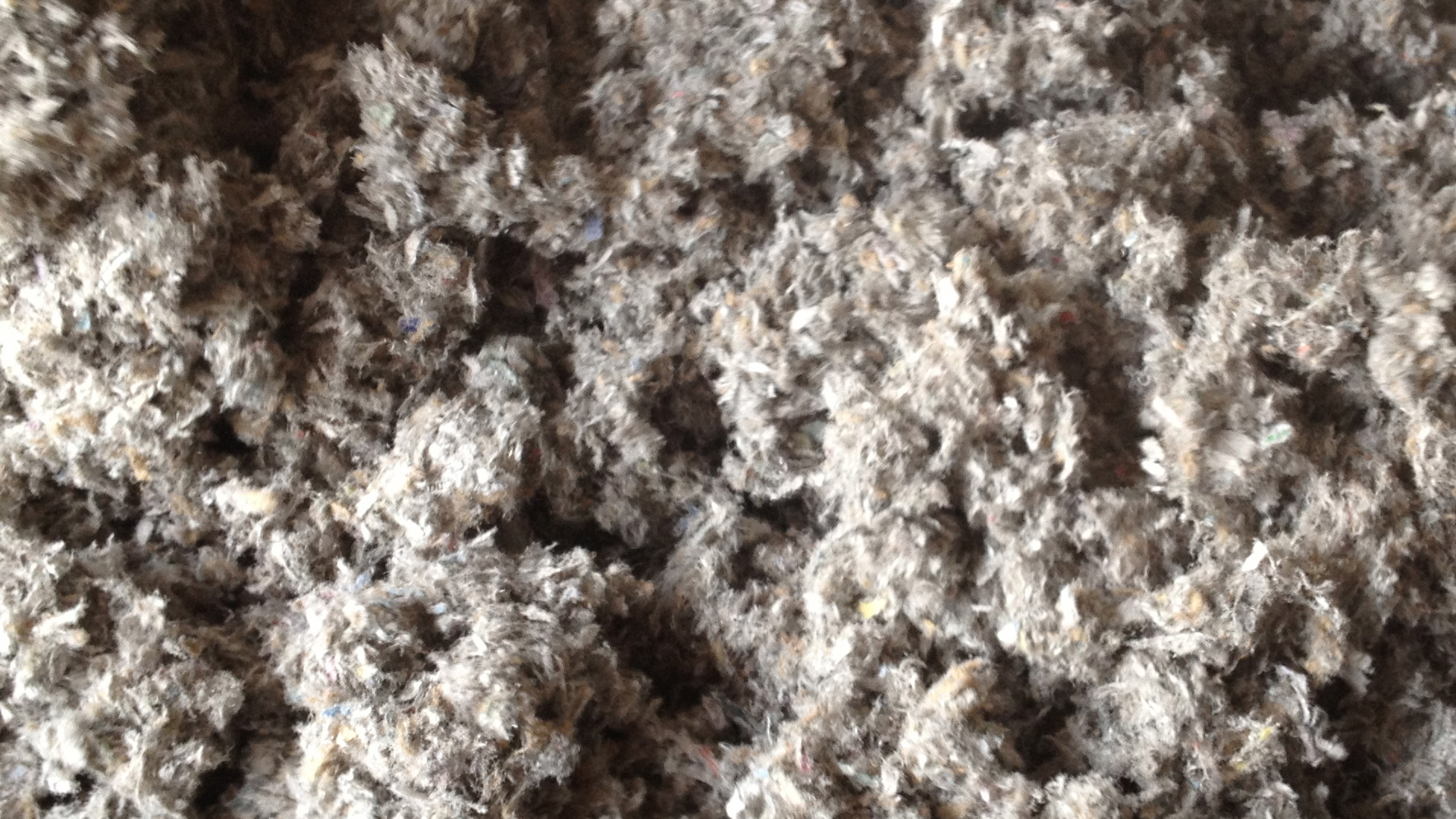Last year there were a number of articles on the “glorious wonders of wood pulp”, which somehow became 2012’s “wonder material”, largely due to the formation of something called “Nanocrystalline Cellulose”. This new material (NCC) is going into making electronic displays and casings that are more pliable and lightweight, body armor for the military, and ballistic glass. The magic here is that it’s far more lightweight than traditional materials, and packed densely has an eight to one advantage over stainless steal. Oh, and since there are plenty of trees and lack of newspapers around, it’s super cheap.
One of the benefits of the material is that it’s far less dangerous to the human body, which naturally deals with cellulose as a fiber. That’s great news, since before people started thinking about putting it into our cell phones and body armor, it’s been an additive to our food for years.
Cellulose is a basic organic compound that’s been broken down into a type of plant matter. The most common way it’s obtained today is through wood pulp and cotton. For a long time it was applied to paper, then it was found it could be used in cellophane and rayon, then hey… why don’t we eat it?
The magic of this wood pulp is that it takes on the flavors and texture of what it’s bonded to, making it an ideal additive. Easy to produce and simple to add to food, cellulose is far cheaper than basic ingredients like flour, grain, oil and sugar. But the catch is that the human body, while not poisoned or harmed isn’t helped by it either. It’s basically a base-neutral material, which sounds great if your goal is not to die from what you’re eating. But we don’t eat to “not die”, we eat to take nutrients from the food so we stay healthy and grow stronger. The best thing cellulose can claim (beyond the not killing you thing) is that because it is indigestible it acts like a kind of fiber.
Which is why the FDA is so cool with foods that use heavy (as in upwards of 30% or more of the base ingredients) amounts of cellulose that they allow them to market their foods as “high fiber” and even “good for you”. By marketing the benefits of fiber in your diet, it clears the way for companies to use more and more wood pulp for a happy audience who believes that their food is actually getting healthier. Even better, companies can claim their food helps fight obesity through dietary fiber. Because the cellulose is being added in such high amounts, and because it can’t be digested, the body is tricked into thinking it’s eating more actual food than it is. That sounds good, but when the remaining ingredients are sugars and chemicals (which often need to be added in higher amounts to help flavor and bond the wood pulp) you’re basically eating something with no nutritional value at all.
Since the FDA deems it safe for human consumption, there is no regulation around how much can be used. Naturally, when presented with an option to use a far cheaper ingredient like wood pulp rather than flour many companies jump on board feet and hands first. The USDA is a less forgiving, limiting cellulose quantities to 3.5% in meat… but this is currently under an active fight from food companies who want that number significantly higher. Using tools of the trade like “this will help save jobs”, “get the Government out of our lives” and “food laws equal racism”, Republicans and Democrats find common ground here, one of the few areas they agree on.
Again though, here’s the rub; cellulose isn’t harmful. It’s just not helpful either. There are plenty of arguments that start with “it helps drive food prices down” and end with “it’s healthier than other alternatives”. Making a case against wood pulp in our food is a tricky one because the opposition has many ways to make you appear like a wackjob in a tinfoil hat. The one edge people have here is that the whole use of cellulose tends to be disguised through elaborate laws and careful wording. Marketing your food with statements like “satisfies 100% of your dietary fiber needs” sounds pretty great, and masks the fact that it’s really saying “contains white powder derived from wood pulp and flavored to taste normal”. Likewise, “50% less fat” sound great… except that fat can come from real ingredients that also contain vitamins, minerals and healthy things we need to survive.
Honest labeling is an issue that should get a lot more attention over the next couple years thanks to GMO lawsuits popping up around the country, and cellulose feels like another one that needs some real attention. One would have hoped that the FDA would be working a lot harder to protect the consumer here, but sadly the exact opposite is the case. Today, cellulose is commonly found in foods produced by Arby’s, Dole, General Mills, Jack in the Box, Kellogg, KFC, Kraft, McDonalds, Nestle, Pepsi, Pizza Hut, Sara Lee, Sonic, Taco Bell, Weight Waters and Wendy’s. It’s very common to see in bread, cheese, pre-packaged food and fast food. If you see labeling touting the high fiber benefits or natural antioxidants, take a look at the ingredients to see if you’re actually getting a high percentage of cellulose.
Should you avoid it? Your mileage may vary. But it’s worth being aware of and fighting to keep it a requirement to properly label it.
